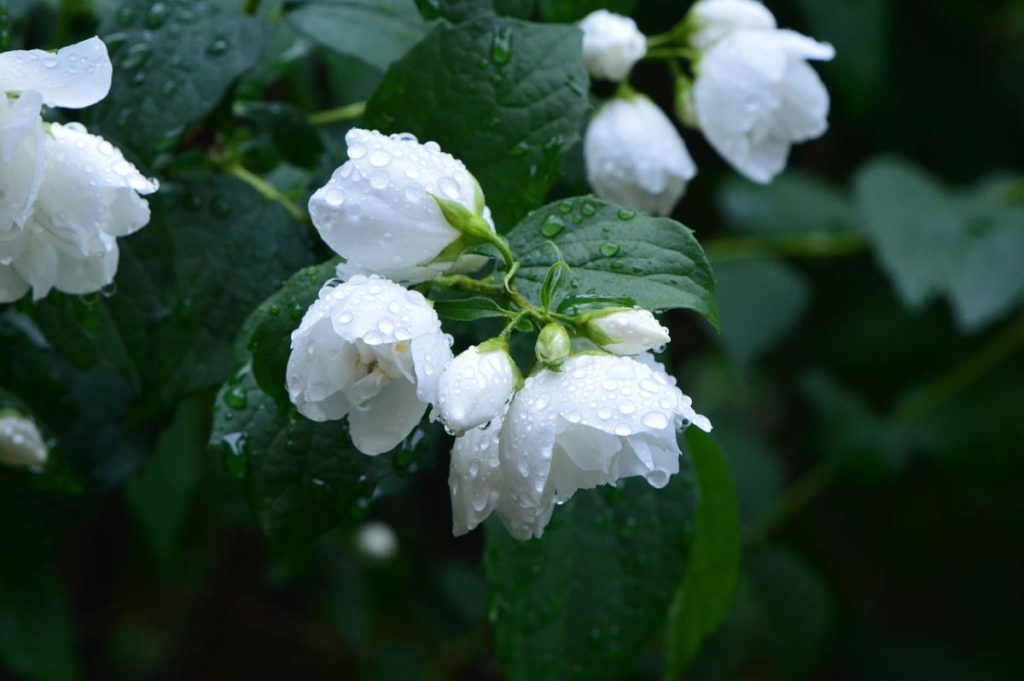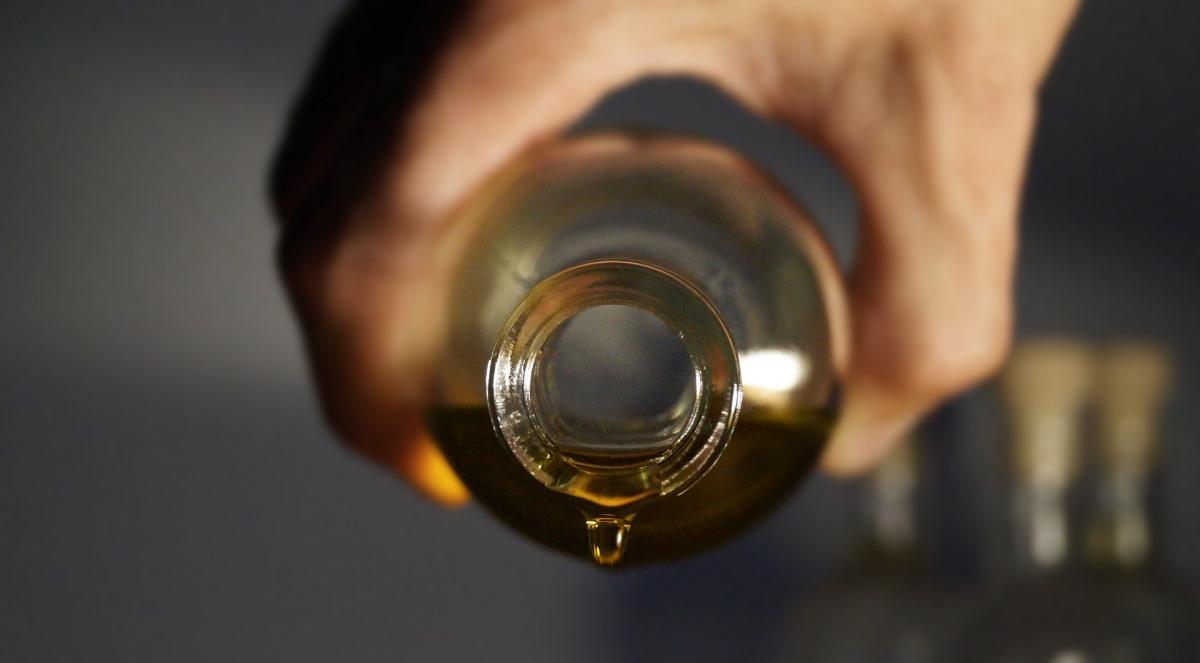Introduction to Jasmine Oil Project Report and Manufacturing Business Plan: Jasmine is an evergreen, sensitive, climbing bush, that reaches up to 33 feet in height and has dull green leaves but great-looking white star-formed blossoms, which can be plucked around evening time when the smell is tremendous. An experienced picker obtains 10,000-15,000 blooms every night. Initially from China and Northern India, it was purchased to Spain by the Moors, with France, Morocco, Italy, Egypt, Japan, China, and Turkey at present developing the best basic oil. The name Jasmine was originated from the Persian word ‘Yasmin’.
Uses and application of Jasmine Oil
Jasmine oil has been extensively applied for healthy skin, obviously for reducing irritation, for hostile to maturing purposes, and useful for dry skin. It is highly recommended to open injuries on the skin because it provides a non-sharpening impact. Accordingly, this stimulates an extremely touchy response, impatience, or even crabbiness. It is usually used for skin inflammation like in dermatitis. Blending jasmine oil along with face cream, shower gel, or body moisturizer will diminish flaws, dispense with dryness, and predict sleek skin, restrict wrinkles, and barely recognizable changes.
Other uses include:
- Enhances sleep pattern
- Boost’s immunity and defends infections
- Improves concentration
- Diminishes PMS symptoms
Now, let us get into the details of Jasmine Oil Project Report and Economics.
Jasmine Oil Project Report (Mogra) and Manufacturing Business Plan

Market potential of Jasmine Oil Manufacturing Business: The Jasmine Essential Oil is extracted from a flower called jasmine that is white, that has an ideal floral smell. This oil is popular for its pleasant and fervent aroma and best among the available scented oils. Jasmine Essential Oil is also seen to be used as perfume across the world. The oil is somewhat expensive as fragrance has great demand. According to the reports, 7.5 million jasmine flowers are procured to get one kilogram of Jasmine Essential Oil. As the cost of the jasmine essence is more, it is difficult to add this floral smell to oil during the manufacturing step. Jasmine Oil is most usually called the king of oils across the globe, as it has a wide range of applications for different purposes. This Essential Oil is used for treatment in aromatherapy and as herbal medicine, etc. When the flowers are present on the tree, it releases its fragrance after sunset. The flowers were removed during dusk to maximize their scent and small amounts of oil are even extracted using the solvent extraction process, which is very costly.
Business plan for starting Jasmine Oil (Mogra) Manufacturing Business
In case if you miss this: Ginger Oil Manufacturing Project Report.

Before starting the Jasmine Oil Production venture, one must be ready with a proper business plan which includes financial planning and marketing strategies.
- The extraction of business basic oils thoroughly depends on available processes and money-related aspects. One must concentrate on the assembling, creation, transport, and deals.
- Do some market analysis by going through the nearby market and behavior of population on these items.
- The business demands considerable investment that could be availed by approaching bank loans.
- Meet people with expertise in the operations and take guidance in the field to minimize risks.
- Then, obtain the required licenses and permissions based on your state rules.
- Set up an oil extraction producing unit.
- Estimate the breakeven point and ROI.
Basis and presumption for starting Jasmine Oil Manufacturing Business
- Number of working days in a year: 300 days
- Number of shifts in a day: 1
- Hours in a shift: 8 hours
- Plant capacity: Consider on average production capacities of the plant.
- Raw material availability
- Depreciation: Straight Line Method
- Manpower: According to project requirement
- Rent estimate: On the basis of the current market price of the area.
- The potential area of marketing the products: local market and households.
- If the project is funded, the term loan would be: 60-80% of the total investment
- Moratorium period: 6- 12 months
- Repayment period: 5-7 years
Implementation schedule of Jasmine Oil Manufacturing Business
The project execution will need around nine to ten months. The estimated break-up of
activities and the duration for each activity are stated below:
- Project preparation and permissions 0 – 2 months
- Registration under MSME Act 2006 and loan sanction 2 – 5 months
- Machines Purchase and acquiring them 4 – 5 months
- PFA License 5 – 7 months
- Requesting power connection 5 – 7 months
- Machinery Installation 7 – 8 months
- Recruiting Staff and test run 8 – 9 months
- Commercial Production can be presumed to begin from the last and tenth month
List of license approvals and permits required to set up a Jasmine Oil Manufacturing Unit
Below is the list of approvals required for small scale Jasmine Oil Production Plant are-
- It is mandatory to register your firm under ROC.
- FSSAI, the Food Safety and Standards Authority of India License (Mandatory) when the product is categorized under food-related business.
- The permission from Drugs, Cosmetic Act, and Rules when the oil is manufactured to the related streams.
- Get the GST Goods and Service Tax that is essential for any business now.
- Shop act approval is mandatory and can be obtained from a local authority.
- Permission to start the unit in that region.
- MSME registration
- GST registration
- ROC
- Registration of firm
- Shop Act License
- FSSAI License
- IEC Code
- Export License
- Fire and Safety
- ESI
- PF
- No Objection Certificate from pollution board
- Trade license from the local municipal authority
With these approvals and licenses, one can plan to start the unit for operating the business.
Jasmine Oil Project Report (Mogra)/ Economics of Jasmine Oil Manufacturing in India
You may also check this: Castor Oil Manufacturing Project Report.

Land and Building: Rs. 5,50,000
Plant and Machinery: Rs. 2,70,000
Miscellaneous Assets: Rs. 55,000
P&P Expenses: Rs. 40,000
Contingencies @ 10% on Land and Building and Plant and Machinery: Rs. 80,000
Working Capital Margin: Rs. 1,35,000
Total: Rs. 11,30,000.
Means of finance
Promoters’ Contribution @ 25 %: Rs. 2,80,000
Loan from Bank/FI: Rs. 8,50,000
Total: Rs. 11,30,000
Debt Equity Ratio: 1.96 : 1
Promoters’ Contribution: 25%.
Working capital calculation
Raw materials/ Packing materials: Rs. 1,70,000
Working expenses: Rs. 1,00,000
Finished goods: Rs. 1,00,000
Receivable: Rs. 80,000
Total: Rs. 4,50,000.
Cost of Machinery
Total machinery cost: Rs. 2,70,000.
Profitability in Jasmine oil making business in India
Sales price of Jasmine Oil: Rs. 36,60,000
Profits in Jasmine Oil making business = Sales price – Project cost = Rs. 32,60,000 – Rs. 28,80,000
= Rs. 7,80,000.
Manufacturing process of Jasmine Oil (Mogra)
The Jasmine essential oil includes many heat-sensitive chemical ingredients, and the conventional steam distillation techniques will cause thermal degradation of natural fragrance. The manufacturing of oil involves a solvent extraction process as this method uses a mild extracting process and not that much expensive. Two separate solvents are needed in the method, which are methanol and ethanol. The extract compositions are analyzed by using gas chromatography. Initially, the volatile oil compounds are properly isolated from Jasmine flowers by the mentioned solvents. Though it is reported that the chief components of the essential oils are benzyl acetate and benzaldehyde, the exact composition and quantity of essential oils are based on the different types of solvents used while extraction. The estimated ideal yield is 14.53% that is obtained by extraction using ethanol. The low yield of the jasmine essential oils could be enhanced only by research in this line when performed on a larger scale.
Conclusion of Jasmine Oil Manufacturing Business
Jasmine oil is considered one of the healthiest oils in the nation. It does not pose side effects and is seen perfect for use on skin and hair for medicinal purposes. Thus, it is suggested to do this jasmine oil extraction business and gain good profits. To minimize the input flower expenses, one can think about commercial Jasmine Farming.
- Handicraft Making at Home: A Small Profitable Business Idea
- Pet-Tech Startups: Innovations for Animal Lovers
- Tech Repair Services: Meeting the Demand for Gadget Maintenance
- Maximizing Rewards: Smart Credit Card Habits for Cashback and Points
- Ultimate Guide to Making Money from Goat Milk Business
- How to Start an Agricultural Value Added Product Business
- Value-Added Business Ideas for Greenhouse: The Best Ways to Make Profits with Greenhouse Farming
- How to Make Profits with Organic Country Chicken: Best Strategies for Beginners
- 10 Value-added Business Ideas for Millets: Low-investment and Highly Profitable
- Why Cleaning Service Business Becoming More Profitable in Metro Cities in India
- 10 Best Businesses to Start in Ayodhya for Profits
- Top Drone Business Ideas in India: Unlocking Aerial Innovation & Opportunities
- Top 10 Service Businesses You Can Start with No Money
- Ultimate Guide to Starting a Home-Based Advertising Agency Business
- Starting a Nail Salon Near Your Location: Check List, Business Plan, Licensing, and Opening Instructions
- Construction Company Name Ideas: Guide to Create New Construction Company Names
- 8 Best Small Businesses to Start in Hyderabad: Low-Cost and Profitable
- 10 Best Small Businesses to Start in Massachusetts: Low-Cost and Profitable
- 10 Best Small Businesses to Start in Maryland: Low-Investment and Profitable
- 10 Best Small Businesses to Start in Delaware: Low-Investment and Profitable
- 10 Best Small Businesses to Start in Connecticut: Low-Investment and Profitable
- Top 10 Best Online Pet Business Ideas: Exploring Cats to Dogs
- 10 Best Small Businesses to Start in Colorado: Low-Investment and Profitable
- Top 10 Profitable Small Business Ideas in California: Low-Investment Tips